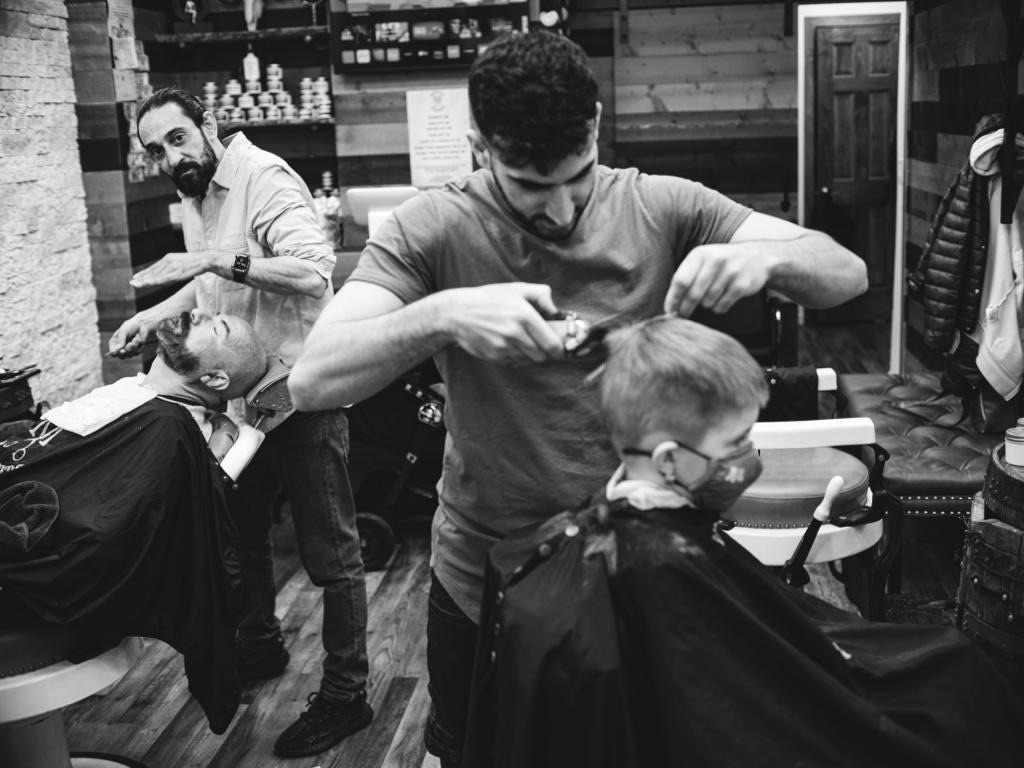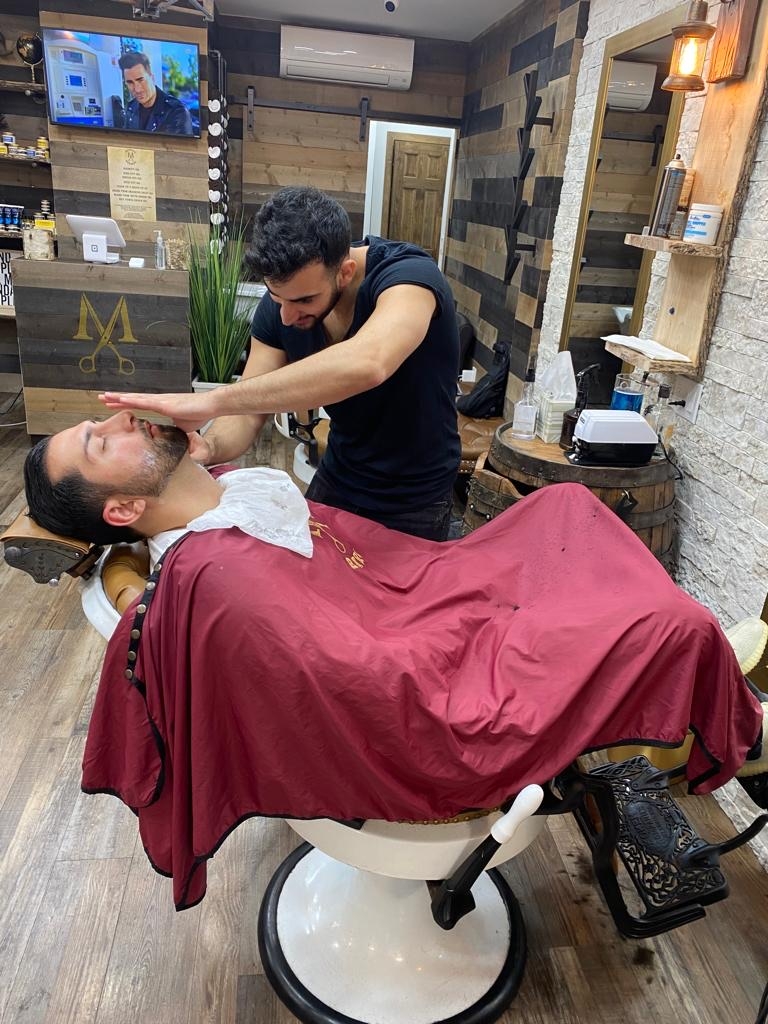Beard Combing Techniques
How should one properly comb a long, thick beard to prevent tangles and knots?
To properly comb a long, thick beard and prevent tangles and knots, it is essential to start by using a wide-toothed comb to gently detangle any knots. Begin combing from the bottom of the beard and work your way up towards the chin. Be sure to comb in the direction of hair growth to avoid causing damage or breakage. Regularly trimming split ends can also help prevent tangles and keep the beard looking neat and well-groomed.



